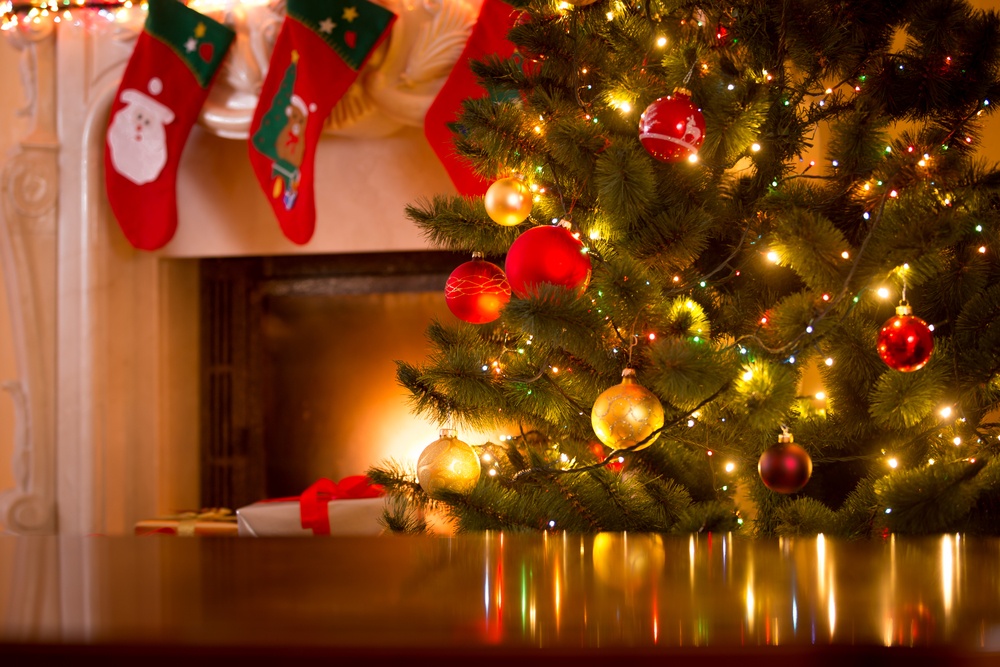The choice between putting up a real or fake Christmas tree tends to initiate some debate among those decorating for the holidays. One of the recent concerns we increasingly hear is whether there are insects living in Christmas trees. 
Christmas-related insect infestations are nothing new. In fact, December is a fairly active time of year for many pests, including mice. In the quest to seek refuge from the cold, pests are searching for warmth, which is readily available in your home.
With respect to the risk of insects living in your Christmas tree, experts have recently warned about a tree-killing insect from eastern Asia called the spotted lanternfly. This invasive planthopper has been detected in parts of Pennsylvania and New Jersey in recent years. The insect has the potential to severely impact plant life, including hardwoods. The effort to control the spotted lanternfly is currently underway in the areas of the Northeast where they have been identified. However, it is important to note that there have not been widespread reports of this insect in other states, such as Massachusetts. By hiding in the bark of Christmas trees, or even in the trucks transporting trees, the spotted lanternfly, as well as its eggs, could find its way into your home.
While this risk still appears fairly low in most areas of the Northeast, there are other insects that may be more likely to hitch a ride into your home on a Christmas tree. The species of insect will vary depending on where you live, but spiders, mites, moths, and bark beetles are all possibilities.
Many insects survive the winter by entering a state of dormancy during the cold weather months. It is possible that once inside your home, having been transported on a tree, the interior warmth of the home could initiate activity or the hatching of eggs due to the increasing temperature.
Mice and birds are also theoretically possible to be transported into your home by nesting in a Christmas tree, but it's fairly uncommon. Squirrels and other small wildlife are also possible, but uncommon.
As a precaution, there are a few common sense practices you may consider before bringing your Christmas tree inside. A visual inspection of the branches may be helpful, especially if you're trained to inspect for webbing or egg casings hidden within the recesses of the tree. Simply shaking the tree before bringing it inside may also increase the probability of ridding it of insects or other pests. Depending on weather conditions, some people rinse off their trees with a high pressure hose and allow it to dry before bringing it inside the house.
Anytime a natural element is brought into your home, you do run the risk of transporting an unwanted pest. However, the simple act of keeping your door open while bringing in a Christmas tree, or simply welcoming guests into your home, is just as likely to open the door to unwanted pests.


